Air Purifiers and Seasonal Allergies:
A Complete Guide to Allergy Relief
As the seasons change, millions of people worldwide brace themselves for the onset of seasonal allergies. Sneezing, itchy eyes, and stuffy noses become the norm, making it challenging to enjoy outdoor activities or even stay comfortable indoors. But fear not, because in this comprehensive guide, we’ll delve into the powerful solution of air purifiers and how they can provide much-needed relief from seasonal allergy symptoms.
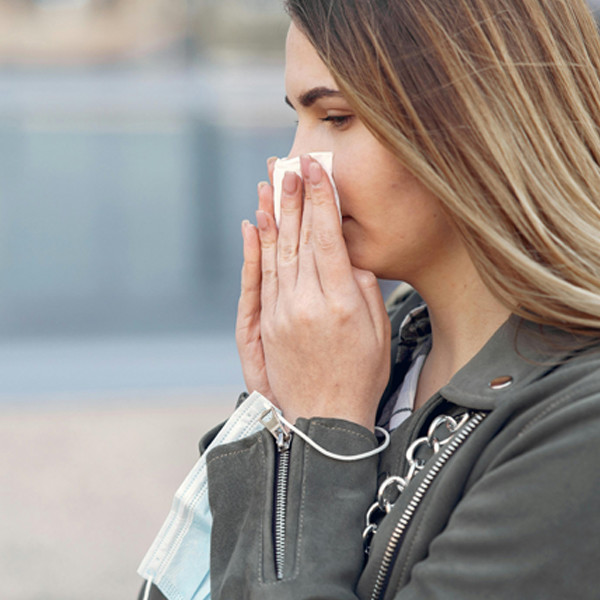
Understanding Seasonal Allergies:
Seasonal allergies, also known as hay fever or allergic rhinitis, are triggered by allergens that are prevalent during specific times of the year. Common seasonal allergens include pollen from trees, grasses, and weeds, as well as mold spores. When these allergens come into contact with sensitive individuals, the body’s immune system reacts, leading to a range of unpleasant symptoms.

The Role of Air Purifiers:
Air purifiers are devices designed to improve indoor air quality by removing airborne pollutants, including allergens, dust, pet dander, and volatile organic compounds (VOCs). These pollutants can trigger or exacerbate seasonal allergy symptoms, so reducing their concentration in the air can provide significant relief for allergy sufferers.
Key Features to Look for in an Air Purifier:
When selecting an air purifier for seasonal allergies, consider these key features:
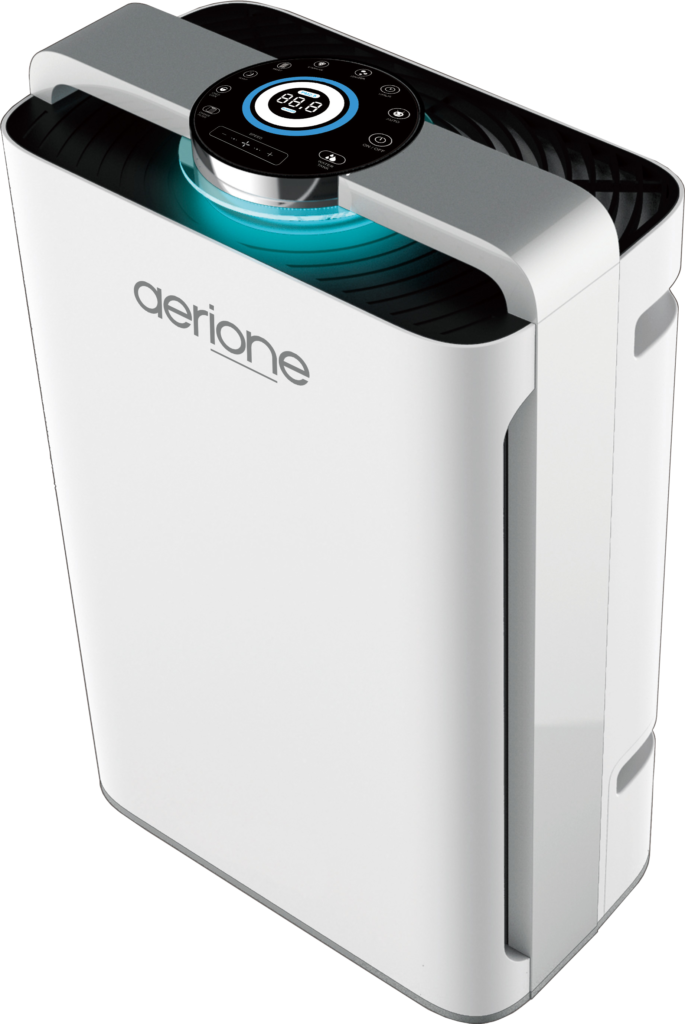
1. HEPA FILTRATION
Opt for air purifiers featuring High-Efficiency Particulate Air (HEPA) filters. It’s important to note that HEPA filters come with different ratings, denoting their effectiveness in filtering micro particles. Generally, the higher the HEPA filter rating, the more adept it is at removing microscopic contaminants. Most cheap purifiers have HEPA ratings that are no higher than 12. The truly effective ones, like any of the Aerione air sanitizer models, has a rating of at least 13.
2. ACTIVATED CARBON FILTERS
In addition to HEPA filtration, consider air purifiers that feature activated carbon filters. Activated carbon is excellent at absorbing odors, gases, and chemical fumes, providing comprehensive purification for your indoor environment. Look for those with carbon filters that uses coconut shells as materials as these are more superior and cleaner than charcoals from coal or wood.
3. COVERAGE AREA
Ensure that the air purifier you choose is appropriate for the size of the room where it will be used. Different models offer varying coverage areas, so select one that matches the dimensions of your living space for optimal performance.

4. NOISE LEVEL
Pay attention to the noise level produced by the air purifier, especially if you plan to use it in bedrooms or other quiet areas. Quieter models are ideal for maintaining a peaceful environment while still enjoying clean air.
5. ADDITIONAL FEATURES
Some air purifiers come with extra features such as air quality sensors, programmable timers, and remote controls. While not essential, these features can enhance the convenience and functionality of the device.
Benefits of Using Air Purifiers for Seasonal Allergies:
Investing in an air purifier for seasonal allergy relief offers numerous benefits:
1. REDUCED ALLERGEN EXPOSURE
Air purifiers effectively remove allergens from the air, reducing your exposure to pollen, mold spores, and other triggers that cause seasonal allergies.
2. IMPROVED RESPIRATORY HEALTH
By breathing cleaner air, allergy sufferers experience fewer respiratory symptoms such as coughing, sneezing, and wheezing, leading to improved overall respiratory health.
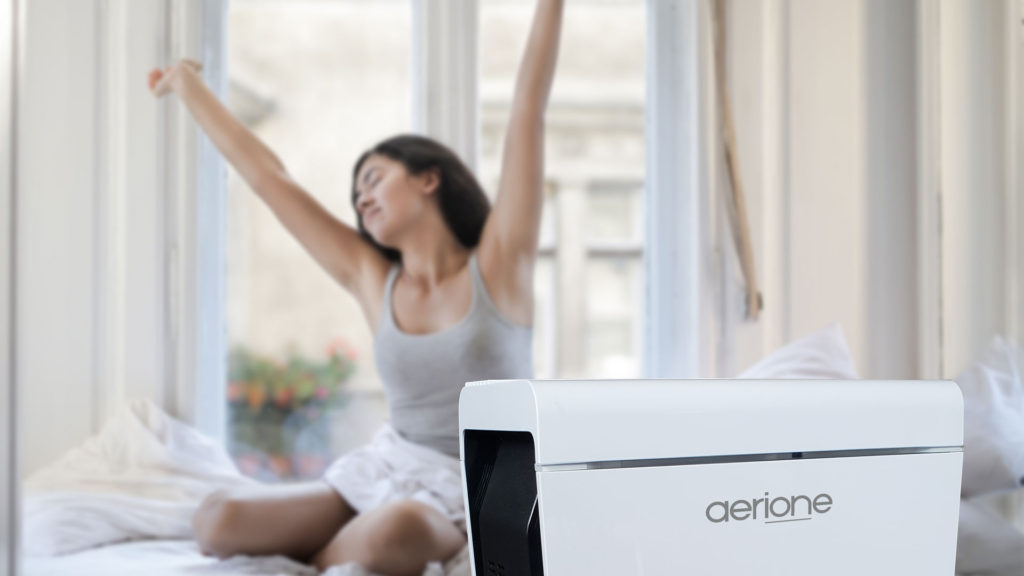
3. BETTER SLEEP QUALITY
Cleaner air promotes better sleep quality by reducing night time allergy symptoms. With fewer interruptions due to sneezing or congestion, you can enjoy more restful sleep throughout the night.
4. ENHANCED COMFORT INDOORS
Air purifiers create a healthier indoor environment by eliminating airborne pollutants, making your home a more comfortable place to relax and unwind, free from the discomfort of seasonal allergies.
5. LONG TERM COST SAVINGS
While the initial investment in an air purifier may seem significant, the long-term cost savings from reduced healthcare expenses and medication usage can make it a worthwhile investment for allergy sufferers.
Tips for Maximizing Allergy Relief with Air Purifiers:
To maximize the effectiveness of your air purifier for seasonal allergy relief, follow these tips:
1. POSITIONING
Place the air purifier in the room where you spend the most time, such as the bedroom or living room, to ensure maximum exposure to clean air.
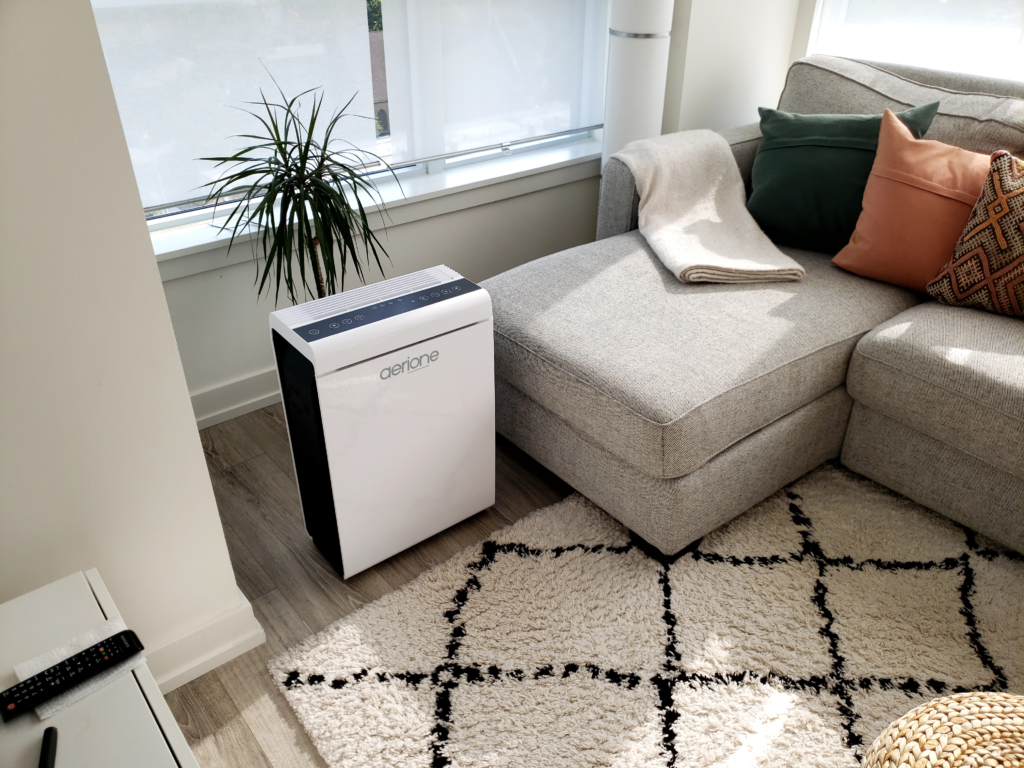
2. REGULAR MAINTENANCE
Follow the manufacturer’s guidelines for regular maintenance, including replacing filters as recommended to maintain optimal performance.
3. KEEP WINDOWS CLOSED
During peak pollen seasons, keep windows and doors closed to prevent outdoor allergens from entering your home and circulating indoors.
4. VACUUM REGULARLY
Use a vacuum cleaner equipped with a HEPA filter to remove allergens from carpets, rugs, and upholstery, complementing the air purification efforts of your air purifier.
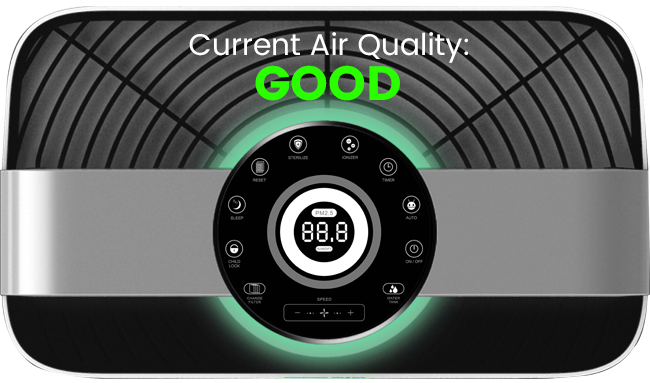
5. MONITOR AIR QUALITY
Consider using an air quality monitor to track indoor air quality levels and adjust the settings on your air purifier accordingly.
Conclusion
In conclusion, air purifiers are powerful allies in the fight against seasonal allergies. By effectively removing airborne allergens from indoor spaces, these devices provide much-needed relief for allergy sufferers, allowing them to enjoy the changing seasons without the discomfort of allergy symptoms. When choosing an air purifier, look for minimal features such as HEPA 13 filtration, activated carbon filters, and appropriate coverage area to ensure optimal performance. With proper positioning and regular maintenance, air purifiers can significantly improve indoor air quality and enhance overall well-being for allergy sufferers. Say goodbye to seasonal allergy woes and hello to cleaner, fresher air with the help of air purifiers.
sales
- Wholesale Inquiries: sales@aerione.com
